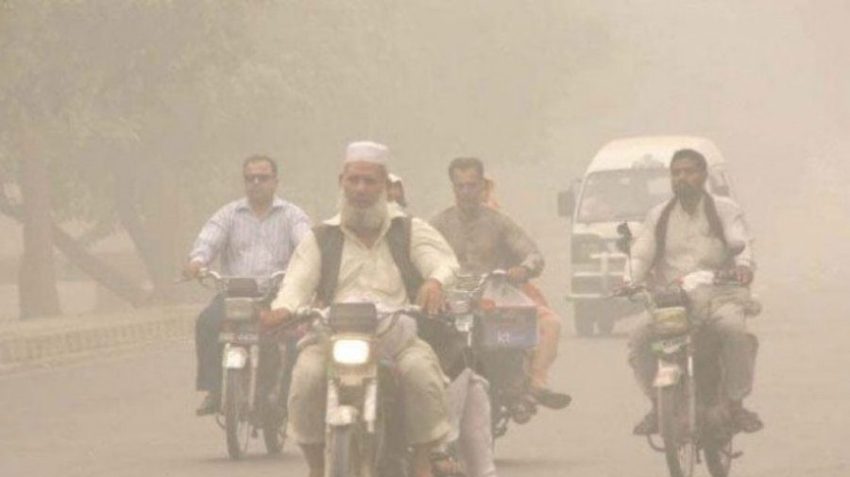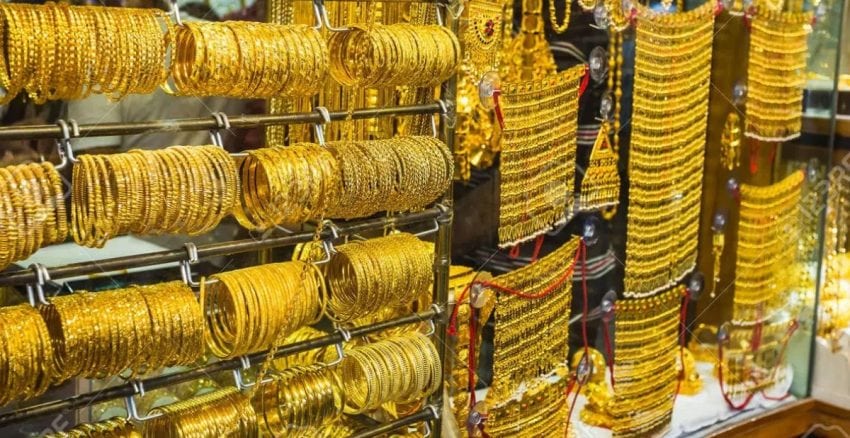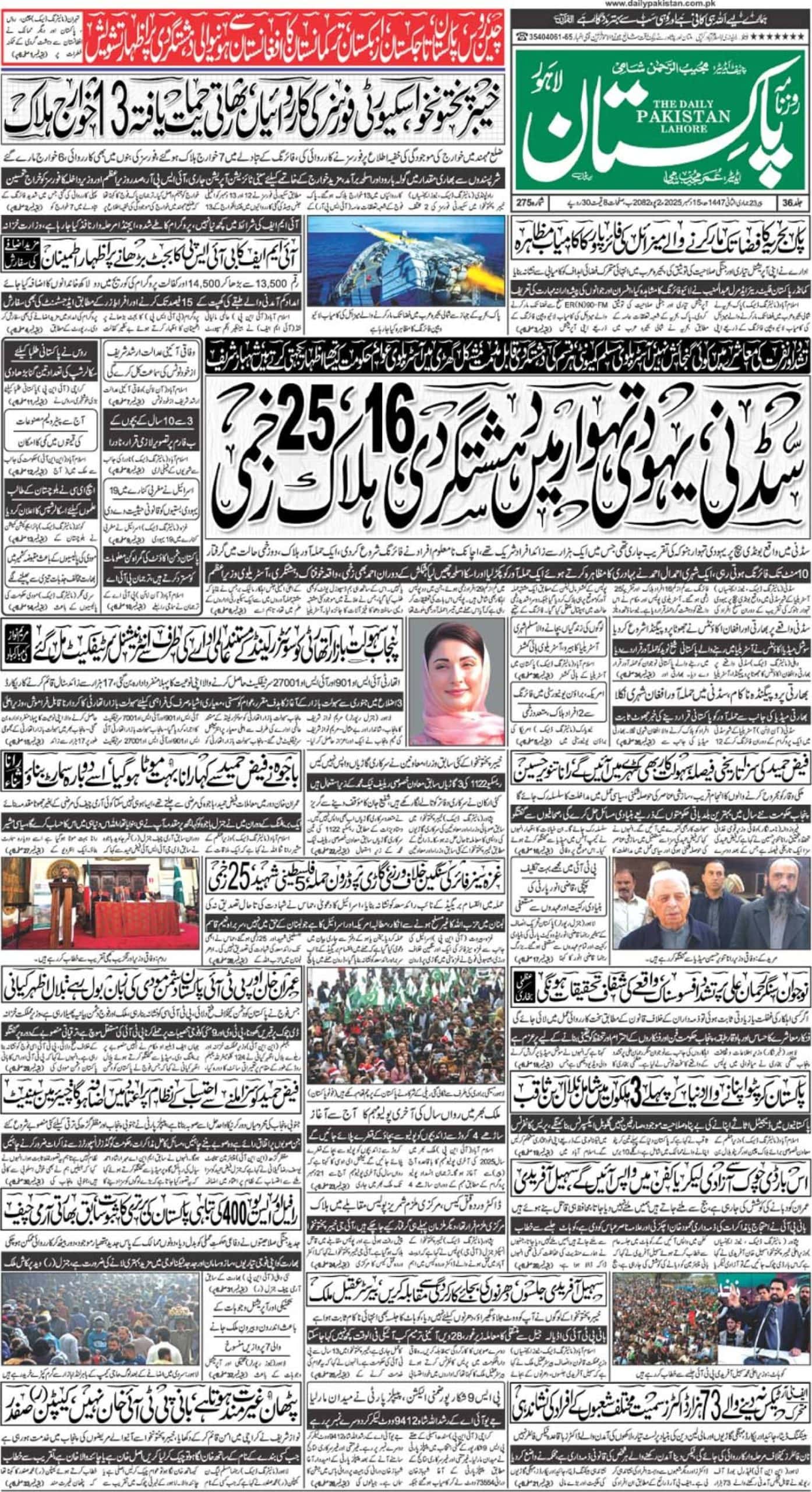LAHORE – Pakistan’s second largest city Lahore, home to 15 million, once again finds itself battling alarminh high air pollution levels, ranking second among the world’s most polluted major cities today.
According to the latest Air Quality Index (AQI⁺) data, the city recorded an alarming AQI of 332, placing it in the “Hazardous” category.
The key pollutant driving this spike is PM2.5 and measured at 241µg/m³, which is 48 times higher than WHO recommended annual limit. Such high concentrations pose severe health risks, particularly to children, the elderly, and those with pre-existing respiratory or cardiac conditions.
Lahore Smog Crisis
Globally, Delhi topped the list with an AQI of 518, followed by Lahore (332) and Karachi (235). Other major cities in the top ten include Shanghai, Manama, Doha, Wuhan, Riyadh, Hangzhou, and Kuwait City.
Environmental experts warn that exposure to such polluted air can lead to chronic respiratory diseases, heart complications, and reduced life expectancy. Authorities are urging residents to limit outdoor activity, wear N95 masks, and use air purifiers indoors where possible.
Despite recent government measures, including traffic restrictions and industrial emission controls, Lahore’s smog crisis persists, fueled by vehicular emissions, crop burning, and unfavorable weather conditions.
As winter approaches, traditionally the peak smog season, experts emphasize the urgent need for regional cooperation and sustained policy enforcement to protect public health and curb the growing environmental crisis.













